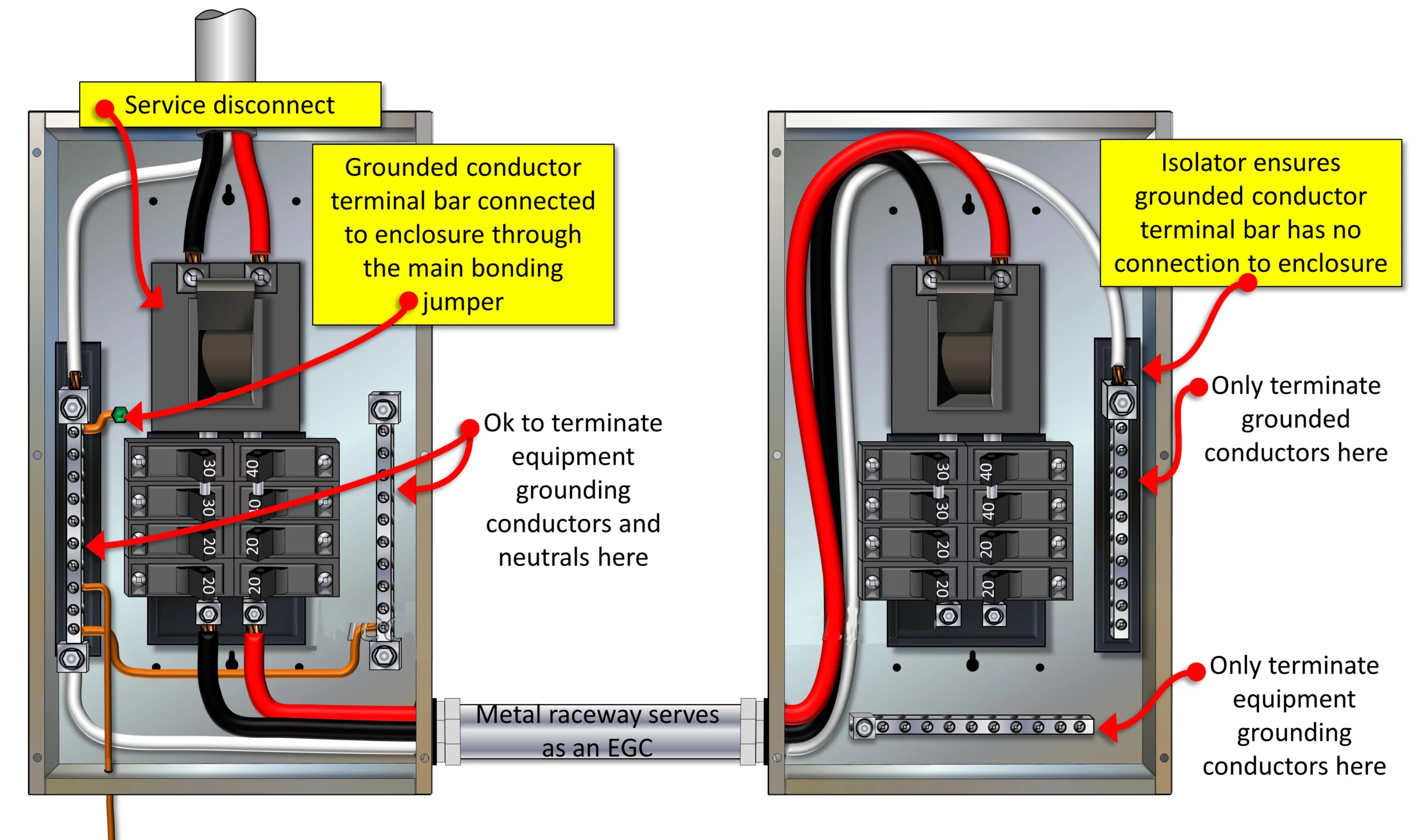Performance-based requirements establish overall objectives without prescribing specific methods to achieve them. The opening paragraph of Section 2.50.1.4 explains that the performance objectives outlined in 2.50.1.4(A) for grounded systems and 2.50.1.4(B) for ungrounded systems can be met by adhering to the detailed prescriptive requirements set forth in Article 2.50 - Grounding and Bonding.
Section 2.50.1.4 does not dictate specific rules for sizing or connecting grounding conductors. Instead, it defines general performance objectives for grounding conductors applicable to both grounded and ungrounded systems.
Grounded Systems
Grounded electrical systems must be connected to earth in a way that minimizes voltage increases caused by lightning, line surges, or accidental contact with higher-voltage lines. This connection also helps stabilize the voltage relative to the earth during normal operation.
A key factor in limiting imposed voltage is ensuring that bonding and grounding electrode conductors are routed as directly as possible. Conductors should be kept as short as practical, avoid unnecessary bends and loops, and be installed without disrupting the permanent components of the system.

Ungrounded Systems
Non-current-carrying conductive materials that enclose electrical conductors or equipment, or are part of such equipment, must be connected to earth to minimize voltage increases caused by lightning or accidental contact with higher-voltage lines. This connection also helps limit the voltage to ground on these materials.
Additionally, these non-current-carrying conductive materials must be bonded together and connected to the supply system’s grounded equipment. This ensures the creation of a low-impedance path for ground-fault currents, capable of handling the maximum fault current that may occur.
